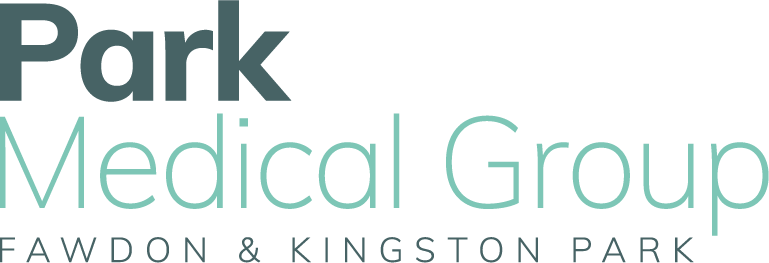Media Coverage of GP Appointments Data
In the last week or two, you may have seen national and regional news stories covering newly published data about GP Appointments.
We wanted to give a response to this, including the new and experimental data itself, why single statistics don’t always tell the whole story, and what we are doing as practices and Primary Care Networks in response to the demands on our services.
The Data
NHS Digital published the dataset ‘Appointments in General Practice’ on 24th November. It is a snapshot of appointment data at every GP practice in England in October 2022.
The focus of media coverage has focussed specifically on the number of face-to-face appointments with GPs at each practice, with stories ranking practices by their ‘inaccessibility’.
However, there are some significant caveats around the data itself and how accurate a picture it paints of GP practices.
Context
It is worth noting that this data came from a month when there were 32 million requests for GP appointments. That is the highest single month figure on record.
The percentage of appointments that take place face-to-face is also at its highest since before the pandemic.
Incomplete and inconsistent
The notes on the data acknowledge that it does not represent the ‘totality’ of activity at GP practices. This is a significant point.
The data does not reflect other work GPs do, such as referrals, prescriptions and other important admin. Many GPs will also supervise trainees and carry out and attend staff training. GP Partners will also have management and business responsibilities.
GPs also see more and more patients with complex needs, who have either been discharged from or are waiting for specialist care, and are dependent on their GP.
The data is also based on how each practice uses its internal clinical systems to book and categorise appointments. As the standard procedures, and even the model for consulting with patients, can differ from practice to practice, it is not always an accurate or fair comparison.
Not just GPs
The focus on same-day, face-to-face appointments with GPs is perhaps more about expectation than clinical need.
Not everyone needs to see a GP, not everyone needs to be seen that day, and not everyone needs to be seen in person.
In our experience, many patients find the availability, convenience and range of services offered by other staff members, such as Advanced Practitioners or Clinical Pharmacists, suitable to their needs.
Advanced Practitioners can assess, treat and prescribe for a wide range of conditions for which people may typically want to see a GP. Clinical Pharmacists bring extra expertise to medication reviews that help patients get the best from their prescriptions. Both roles often are available quicker than a GP and can offer longer, more holistic appointments.
This means GPs are freed up to prioritise patients whose clinical need means a same-day, in-person consultation is appropriate.
More and New Services at a Network Level
These relatively new roles are part of an expanding multi-disciplinary team that offers new and expanded services to patients and practices as part of Primary Care Networks.
Paramedics, Nurse Practitioners, Physiotherapists, Pharmacists and Pharmacy Technicians, Link Workers, Health and Well Being Coaches, Care Coordinators, Career Start Nurses and other highly skilled staffed regularly see patients in their homes, GP practices or in the community.
In North Gosforth, we have built a home visits team to ensure housebound patients can access the same level of care and significantly reduce the time GPs spend travelling to see patients.
This is a coordinated, fast and responsive service that, again, gives people the treatment or help they need quickly and frees up GP appointments at the same time.
Another innovation is our pilot same-day service for acute cases. Patients can travel to a network hub to be seen by an Advanced Paramedic Practitioner or Advanced Nurse Practitioner.
In October, our Enhanced Access service launched, offering evening and weekend appointments for traditional GP services.
In the first five weeks alone, approaching a thousand patients were welcomed to our network hub locations, where we provided hundreds of hours worth of additional appointments. The services offered continue to grow, with Saturday appointments for cervical screening soon beginning.
